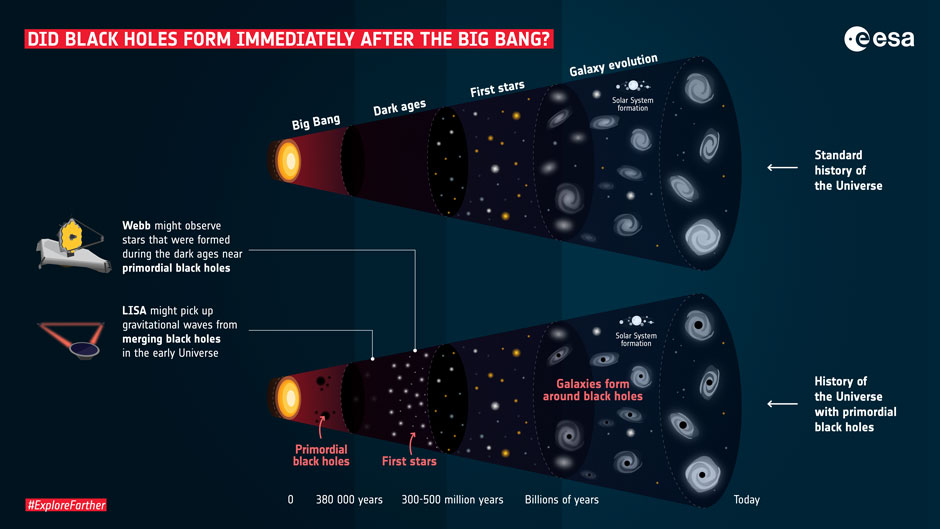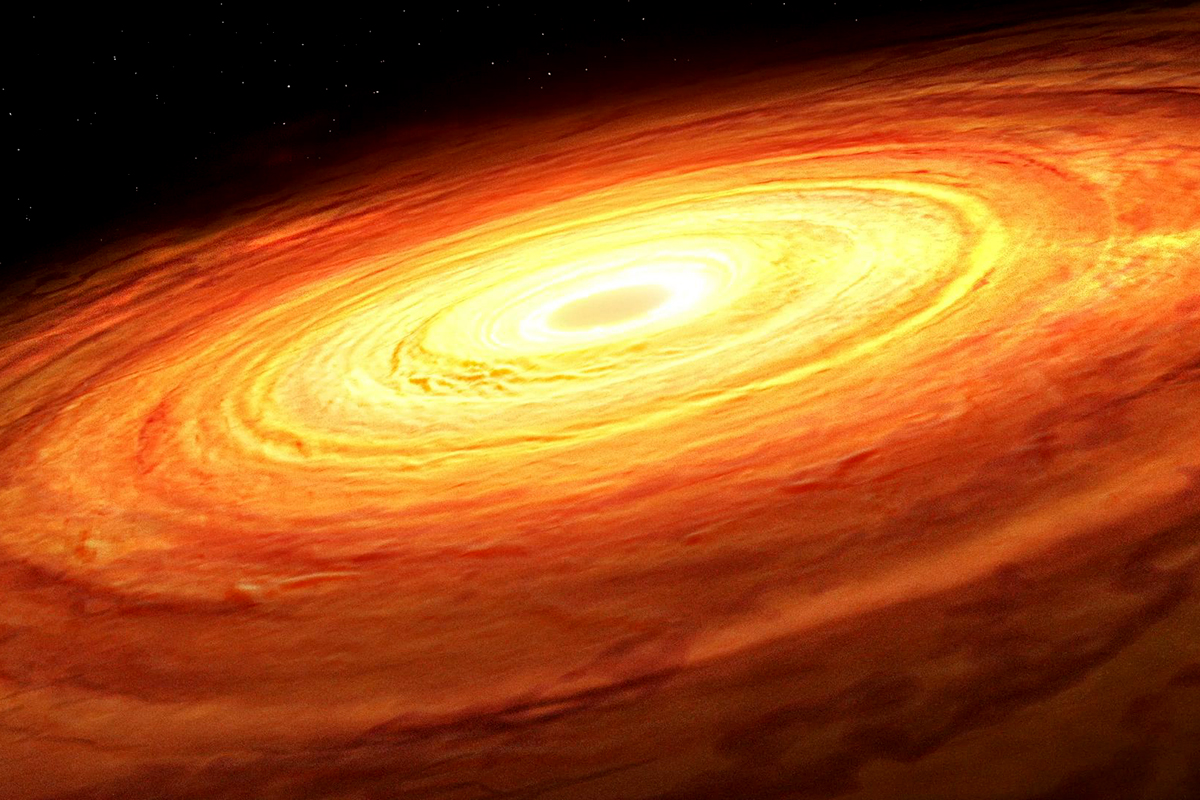
Proposing an alternative model for how the universe came to be, a team of astrophysicists suggests that all black holes — from those as tiny as a pin head to those covering billions of miles — were created instantly after the Big Bang and account for all dark matter.
That’s the implication of a study by astrophysicists at the University of Miami, Yale University, and the European Space Agency that suggests that black holes have existed since the beginning of the universe and that these primordial black holes could be as-of-yet unexplained dark matter...
Read More









Recent Comments